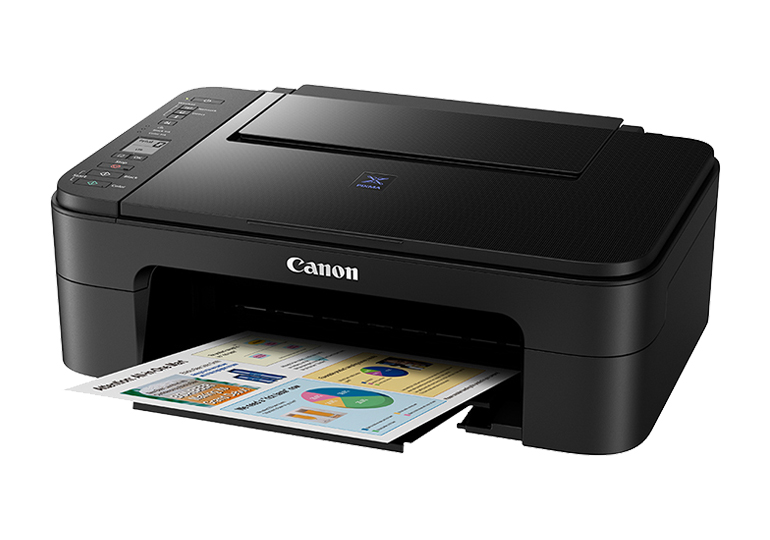
The printing resolution indicates how much detail a printer can print on a piece of paper, expressed in dots per inch (dpi).
Resolution is often quoted in two numbers (e.g. 2400 x 1200 dpi). The first number usually indicates the number of dots a printer can print on the horizontal line of the paper, in an inch. The second number indicates the number of dots a printer can print on the vertical line of the paper in an inch. Of course, the higher the number, the richer and finer the image will be.
Sometimes, consumers judge the resolution of a printer by the first number. And this often give rise to the false impression that a printer with "2880 x 720 dpi" has a higher resolution than a "2400 x 1200 dpi" printer, as 2880 dpi is bigger than 2400 dpi.
Although the former printer can squeeze 2880 dots in the horizontal line, it can only input 720 dots on the vertical line. Therefore the dots on the horizontal line are very close but the dots are sparsely spread across the vertical line. The end result is that the picture printed on a "2880 x 720 dpi" printer will appear more grainy compared to one printed on a "2400 x 1200 dpi" printer. Therefore, always check the total number of dots produced by the printer for a correct assessment of the printer's resolution.
The cost of buying the printer is only the initial investment. It is important to consider the running cost, made up of cartridge and paper costs.Variation of exact cost per photo is due to the type of ink cartridge used. (Exact cartridge cost subject to printer model)